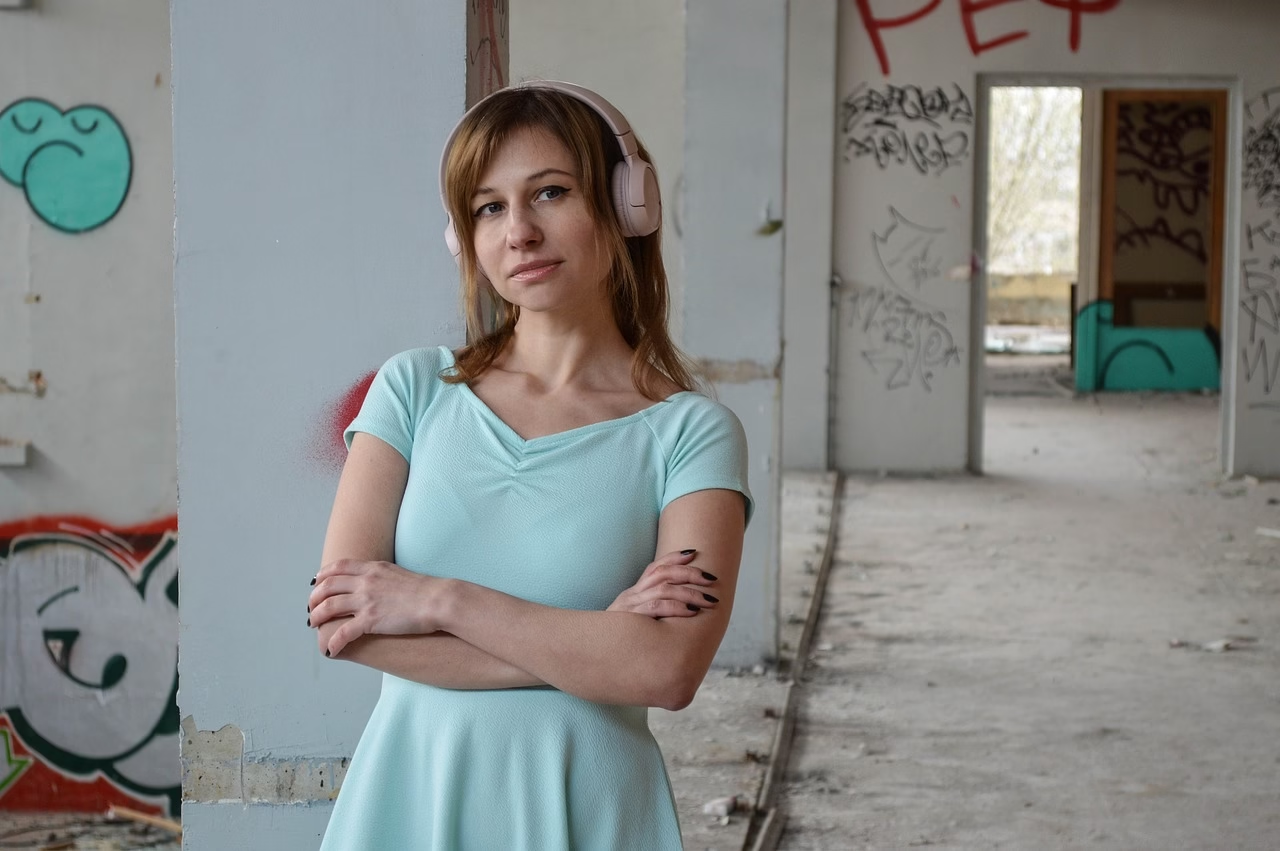MrBeast Pulls Controversial AI Thumbnail Tool Following Crea
June 28, 2025 | by Olivia Sharp

MrBeast Pulls Controversial AI Thumbnail Tool Following Creator Outcry
Why the abrupt U-turn matters to every builder, artist, and brand experimenting with generative tech
Last week, YouTube’s most-subscribed creator, Jimmy “MrBeast” Donaldson, unveiled an AI thumbnail generator through his analytics startup Viewstats. Five frenetic days later—after a firestorm of criticism from fellow YouTubers and digital artists—he shut it down and replaced the landing page with a directory of human designers. Business Insider
The whiplash timeline
June 21, 2025: Viewstats launches “AI Thumbnails,” promising data-backed, prompt-based artwork and a contentious face-swap feature. In promotional clips, Donaldson demonstrates dropping existing thumbnails into the tool, then inserting one’s own face. Creators like Jacksepticeye and PointCrow immediately protest, calling the app a license to plagiarize their work. Know Your Meme
June 23–26: The backlash expands across X/Twitter, Reddit, and creator Discord servers. Critics argue that the tool automates something many freelancers rely on for income and normalizes remixing someone else’s creative labor without consent. Supporters counter that smaller channels need affordable design help.
June 27: Donaldson posts a two-minute apology video and announces he is “killing” the AI feature. The replacement page now funnels visitors toward vetted thumbnail artists, aiming to “turn a negative into a new revenue stream for humans.” Business Insider
Why creators revolted
Thumbnails are not decorative fluff on YouTube; they are decisive UX elements that influence click-through rate, audience retention, and ultimately revenue. Experienced artists sweat over contrast ratios, gaze direction, and narrative tension. When an AI system can ingest that craftsmanship and spit out a derivative image in seconds, it feels less like inspiration and more like appropriation.
Two pain points surfaced repeatedly:
- Face-swap misuse. Even with disclaimers, the demo suggested users could overlay themselves onto another channel’s design—a direct clash with norms around likeness rights and brand identity.
- Training data opacity. Viewstats never clarified what visual corpus the model learned from, leaving open the assumption that it piggy-backed on millions of thumbnails without permission.
These issues tap the same fault lines running through current lawsuits against Midjourney, Google’s Veo, and other generative engines. Except here, the controversy was ignited not by a faceless tech giant, but by the platform’s biggest celebrity—someone who routinely hires dozens of thumbnail artists himself. That perceived hypocrisy turbo-charged the backlash. PetaPixel
Lessons for tool builders (and brands eager to use them)
- Creator economics are community economics. Any AI feature that threatens a visible creative role will be judged not just on functionality, but on whether it enlarges or cannibalizes the pie. Bake a revenue-share or hiring pathway in from day one.
- Demonstrations are moral signals. The example images you showcase establish user norms. If your launch video implies copy-paste creativity, expect users to copy-paste your apology template too.
- Granular permissions matter. “Faceswap, but only on your own assets” is a sensible constraint—yet it arrived after public uproar. Implement tight default rules first, loosen later if the community requests it.
- Transparency beats bravado. Donaldson’s follow-up video was contrite and specific. Had that same tone framed the original launch—detailing training sets, limitations, and ethics guardrails—the narrative might have been very different.
The bigger picture: AI, creativity, and cultural trust
MrBeast’s reversal will not slow the broader march of generative media. Pinterest feeds, TikTok templates, and Deezer’s audio uploads are already dominated by AI-assisted outputs. Business Insider The tension we witnessed here—between democratizing production and devaluing originality—will replay across every creative niche.
For policymakers and platform leads, the case underscores the importance of procedural legitimacy. When the world’s most influential creator aborts an AI experiment because peers feel blindsided, it sets a potent precedent: cultural consent is earned, not assumed.
Practical takeaways for everyday creators
- Audit your tool stack. If you rely on AI design helpers, double-check licensing terms and datasets. Expect clients (and fans) to start asking.
- Show your work. When you do use AI, document where human craft enters the loop—sketches, color passes, copy tweaks. Transparency builds credibility.
- Build alliances, not dependencies. Hiring a human designer today may feel slower, but it forges relationships algorithms can’t replicate—and shields you from platform policy whiplash.
- Stay constructively vocal. The swift shutdown happened because professionals spoke up with clear, specific objections. Thoughtful public feedback shapes the roadmap more than silent frustration.
Ultimately, this episode isn’t a blanket indictment of generative AI; it’s a reminder that inventive technology travels faster than social norms. Our collective job—builders, artists, researchers—is to keep the two in productive dialogue rather than in zero-sum conflict.

RELATED POSTS
View all



